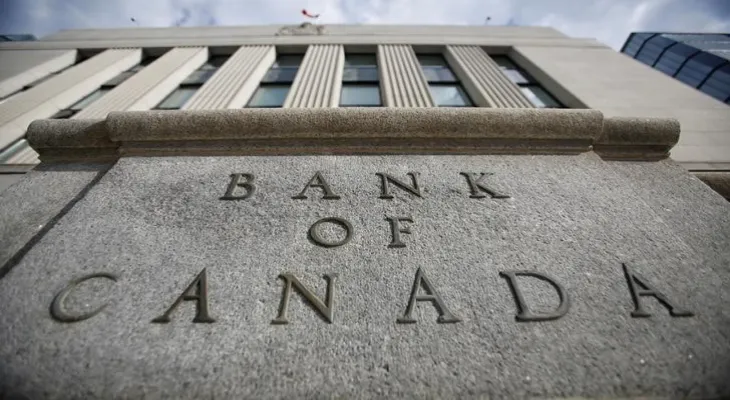Search here
Newspaper
Search here

Arab Canada News
News

Published: October 9, 2024
A new report released by the Parliamentary Budget Officer Yves Giroux indicates that inflation and rising interest rates have eroded the purchasing power of Canadians since 2022, particularly in low-income households. In contrast, wealthier households have seen an increase in their purchasing power during the same period.
Giroux states in his report that government transfers, wage increases, and net investment income have all helped the disposable income of high-income households keep pace with inflation since 2019.
The report clarifies that investment income for the wealthiest 20% of Canadian households grew faster than interest payments on their debts, resulting in a net increase in their income compared to inflation and enhanced purchasing power in 2023.
For other households, the increases in interest payments on their debts outpaced their investment income in the same year.
As a result, households in the third and fourth quintiles experienced stagnation in their purchasing power, while those with the lowest income saw a deterioration in their purchasing power.
In his report, the Parliamentary Budget Officer also notes that purchasing power has developed differently from one Canadian province to another.
Quebec, Ontario, and British Columbia were among the provinces that saw a moderate increase in purchasing power, while the provinces of Newfoundland and Labrador, Nova Scotia, and Alberta in the west suffered a decline in this indicator.
Between the last quarter of 2019 and the first quarter of 2024, the purchasing power index rose by 3.9 percentage points in Quebec, 3.3 percentage points in Ontario, and 1.3 percentage points in the Atlantic province of New Brunswick.
The annual inflation rate in Canada reached 2.0% in August, down 0.5 percentage points from its level of 2.5% in July, finally reaching the Bank of Canada's (the central bank) target, according to data from Statistics Canada released on September 17.
The annual inflation rate had peaked at 8.1% in June 2022, the highest level since January 1983.
On September 4, the Bank of Canada announced a 0.25 percentage point cut in the key interest rate to 4.25%, marking the third consecutive decrease for this benchmark rate that represents the overnight interest rate between banks. What encouraged the central bank to continue its cuts was particularly the slowdown in inflation in Canada since the beginning of summer.
Comments